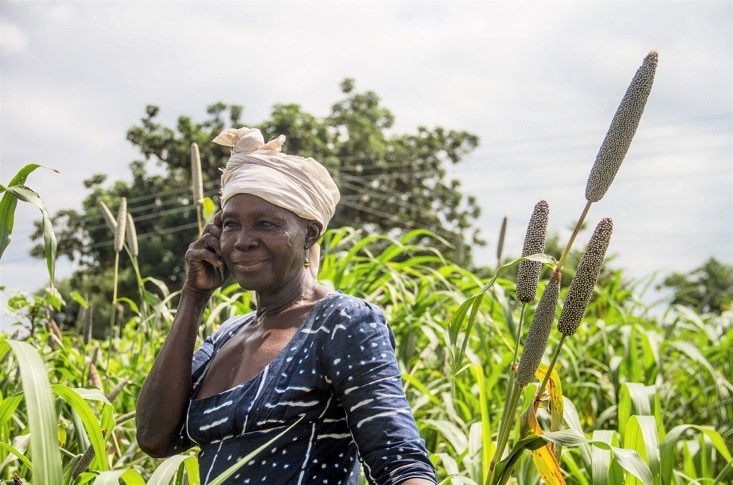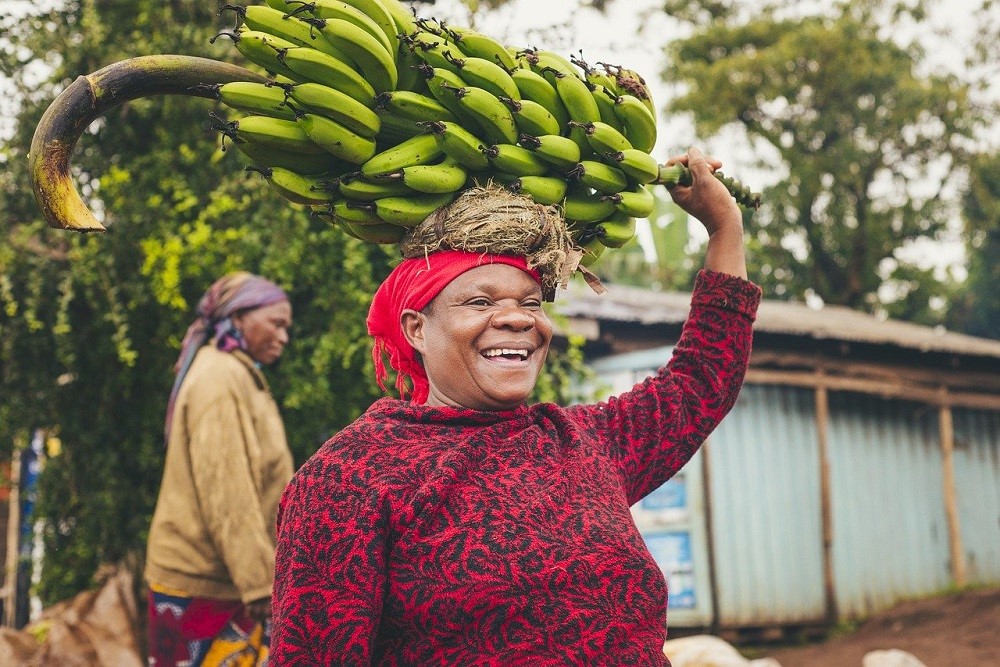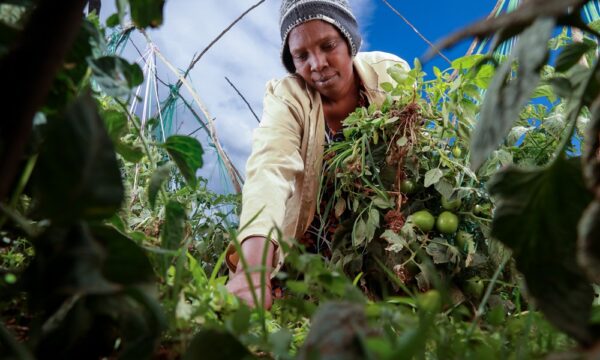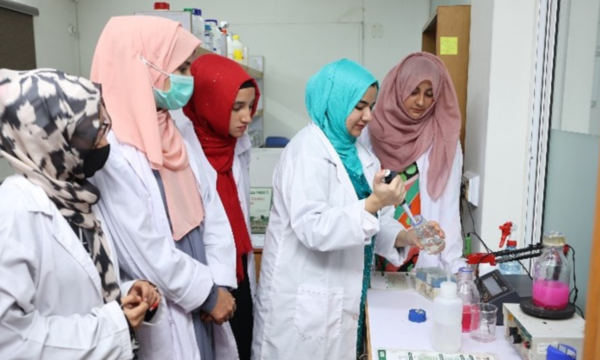
Male or female, young or old – how do demographics affect the ability of smallholder farmers to access agricultural advice? This was the subject of a working paper published about the CABI-led project, Gender and the Legume Alliance (GALA).
The GALA project took place between June 2016 and December 2019 in Ghana and Tanzania, and its evaluation was conducted in 2020. The project aimed to help smallholder farming households, especially the women and young people in these households, improve their incomes by sustainably increasing – or intensifying – the farming of legumes such as common bean, soybean and cowpea.
Legume crops are an important source of food and nutrition security and play a key role in income security. They also help soil fertility due to their ability to fix nitrogen in the soil. However, production is in decline. GALA sought to rectify this.
The Alliance’s goal was to increase the way in which women and young people put in place sustainable intensification agricultural practices to increase legume productivity and participate in markets by improving their access to information about legume farming techniques using multi-media communication campaigns and brokering relationships with agro-dealers who supply farming ‘inputs’ such as seeds and fertilizers.
CABI’s working paper entitled Evaluating gender differentials in farmers’ access to agricultural advice in Tanzania: An intra-household survey explored age and gender among smallholder farmers, and how farmers accessed agricultural advice in Tanzania. It also considered how they shared farming information with each other and how different channels could be used to reach the farmers.
Data were collected from 332 households (with 998 respondents) in five regions in Tanzania. Up to four members, aged 15+ years old, per household were interviewed.
Traditional vs new farming technology
Results showed that farmers mainly relied on their own experience for agricultural information (67%) as well as on a limited number of other sources, for example, extension agents (agricultural support advisors), neighbours and the radio.
At least 82% of farmers shared information within their households or community but mostly for traditional agricultural practices such as time of planting. In fact, farmers’ own experience was the main source of information for traditional practices.
The report showed that demonstration plots (plots of land where farmers see agricultural techniques first-hand) were an important source of information when it came to learning recently introduced practices such as soil testing, use of inoculants and Purdue Improved Crop Storage (PICS) bags. Agro-dealers were another useful source of information for learning about farming inputs and techniques.
Farmers rarely shared information on new technologies such as PICS bags, soil testing, and Rhizobium inoculants – a way of enhancing nitrogen fixation in the soil. These practices were also least used by farmers due to limited awareness and limited availability in the input supply shops.
Men listen to the radio; women talk to their families

Data showed that men have access to a more diverse range of information compared to women. In particular, some information sources seem to be the prerogative of men such as listening to the radio or learning how to farm at demonstration plots.
Men were more likely to depend on these kinds of external sources of information. According to the report, women, besides their own experience, relied significantly more on other household members for farming information compared to men.
Reciprocal learning among the young and old
In terms of age, both younger and older people referred to other members of the household as their sources of information. Younger people wanted to learn from members with more experience, while older people wanted to learn new technologies from younger household members who were more familiar with them.
Overall, the study showed that there is still a margin for improving the learning and knowledge of more recently introduced practices, and trust in these practices is something that has to be built. It is also useful to link the promotion of specific farming practices to information sources that are targeted and accessible to men, women and youth.
Information sharing within the household and community can be enhanced by providing extension support materials, training lead farmers or village-based advisors, who were the main sources of information for women farmers. Above all, this will support women’s participation in extension activities.
Additional information
Photos: Credit CABI.
To read the working paper in full, see Evaluating gender differentials in farmers’ access to agricultural advice in Tanzania: An intra-household survey
To learn more about CABI’s expertise and work in development communication and extension, click here.
Related News & Blogs
Forging a new approach to agriculture research from a gender lens
While working with women farmers across Africa for the past 17 years, Dr Lora Forsythe, lead of the Gender and Social Difference research group at the Natural Resources Institute, University of Greenwich in the United Kingdom, heard a common refrain “M…
16 April 2025




